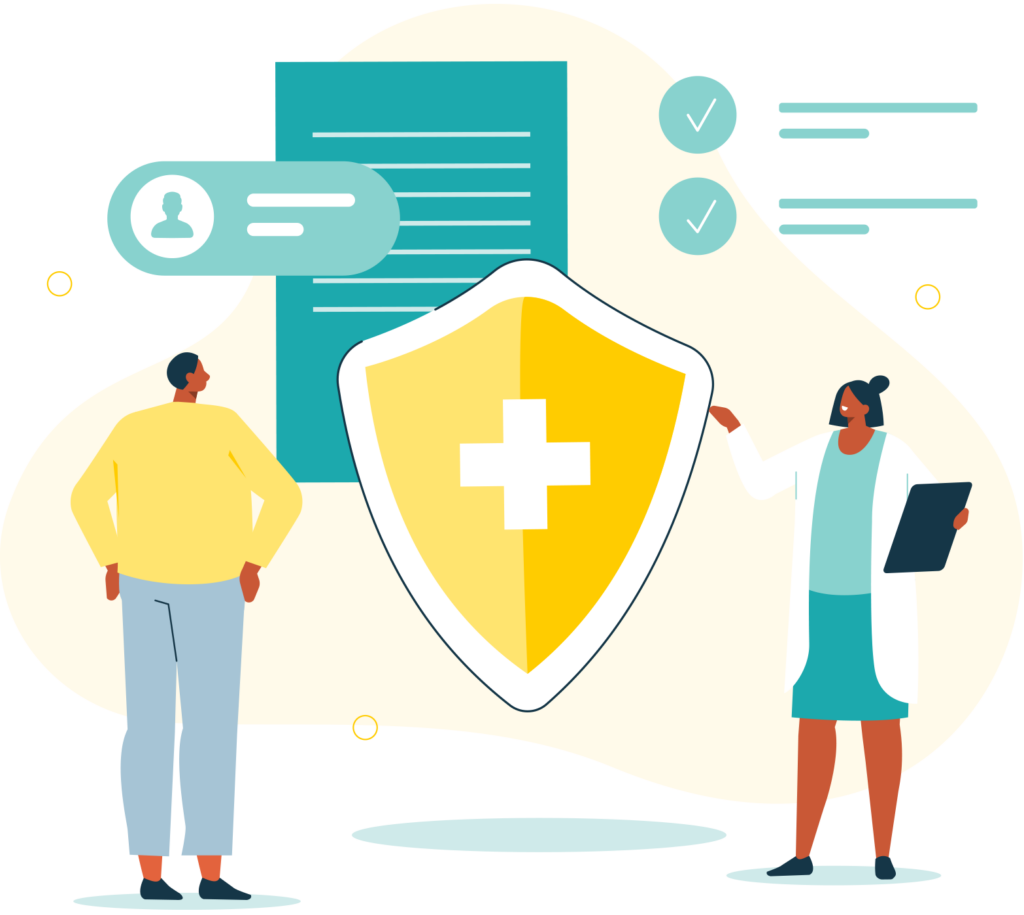Addicts using more than one substance to purposely affect both the mind and the body are engaging in polysubstance abuse. Currently, polysubstance abuse is diagnosed as a substance use disorder, no matter how many substances are involved. Polysubstance abuse is dangerous because of the combined negative effects that the body and mind experience.
What Does Polysubstance Abuse Mean?
“What is polysubstance abuse?” is a common question. The Diagnostic and Statistical Manual of Mental Disorders (DSM), eliminated this term as a diagnosis. However, this term still describes the consumption of one or more substances at the same time. Substance use disorder now describes anyone with a substance abuse problem, no matter how many substances are involved. An example would be alcohol being used with prescription pain medication.
Multiple substance addiction is another term to describe polysubstance abuse. Those faced with the challenge of mental health disorders, such as bipolar disorder and schizophrenia, are more likely to abuse multiple substances. These individuals often abuse substances as an unhealthy coping mechanism for their mental health symptoms.
Polysubstance abuse most commonly involves the following substances:
- Opiates
- Inhalants
- Marijuana
- Amphetamines
- Hallucinogens
- Benzodiazepines
- Alcohol
Common Polysubstance Combinations
Polysubstance abuse most commonly occurs in male teenagers, or those using drugs at an early age. Researchers have discovered that these users share a common factor, involving addiction within the family, which is a genetic component. Teenage users are more likely to experiment with different substances. Each combination of drugs produces a different effect.
The combination of alcohol and prescription drugs can result in dangerous symptoms. These symptoms include things like respiratory distress and alcohol poisoning by causing a greater blood alcohol concentration. Sometimes a person can black out or die as a result.
Polysubstance abuse includes some of the following drug combinations, which are all extremely dangerous:
Alcohol and Cocaine
Both of these substances used together decrease the ability to make judgements. Using both involves increased risky behaviors, impulsivity, and increased memory issues. When a person uses cocaine with alcohol, the liver releases a toxic chemical called cocaethylene in the body. This chemical causes long-term health issues, such as decreased immunity, liver damage, and increased risk of seizures.
Opioids and Benzos
When opioids and benzos are combined, this could cause respiratory distress and could lead to a fatal overdose. These drugs are depressants of the central nervous system. Permanent brain damage is a possibility when combining these substances. The National Institute on Drug Abuse (NIDA) states that taking benzos with opioids “increases the risk of life-threatening overdose.”
Cocaine and Heroin
Combining cocaine and heroin is referred to as speedballing. This combination is extremely dangerous and negatively affects the body. There is also a very high chance of overdose.
Signs and Symptoms of Polysubstance Abuse
Mental health professionals use specific criteria in assessing multiple substances abuse. The assessment often excludes the usage of nicotine and caffeine. An individual must be using at least three substances.
Signs and symptoms of polysubstance abuse can include:
- The loss of any control in using drugs
- An inability to stop using with no desire to cut down or quit
- Increased tolerance
- Withdrawal symptoms when not using
- Avoidance in relationships, interests, and responsibilities
- Self-harm
Physical and mental symptoms can include changes in eating and sleeping habits, increased irritability or agitation, and depressed or anxious moods. Mood swings are indeed very common with any substance use disorder.
Dangers of Polysubstance Abuse
Polysubstance abuse is dangerous. Drug interactions can interfere with normal body functions and those using continually can develop chronic diseases as a result. Increased toxicity reduces metabolism and increased blood concentrations of the drugs. Heart complications can result from polysubstance abuse. Overdose is also an extreme likelihood when a person combines different drugs.
Treatment is more complicated than most recovery options. Those experiencing a co-occurring mental illness are also a great risk because symptoms are confused with the effects of the drugs. Treatment is more specialized in these cases.
Detoxing from Polysubstance Abuse
Detox will be more complicated than withdrawing from just one substance. Detox is a very intense phase of treatment that involves monitoring the addict 24 hours a day by medical staff. In addition, medications can help to minimize the physical effects of drug withdrawal. Medication management is prescribed depending on the evaluation of the variety of drugs used.
Help for Polysubstance Abuse
Treatment is available for polysubstance abuse among US military personnel and Veterans, as well as first responders. Sunrise Veterans Health offers a combination of plans depending on your needs. Visit our admissions page today to begin your recovery from addiction.


